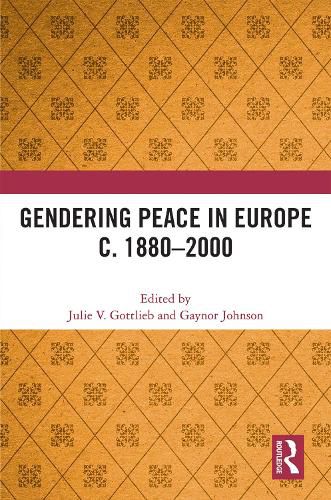Readings Newsletter
Become a Readings Member to make your shopping experience even easier.
Sign in or sign up for free!
You’re not far away from qualifying for FREE standard shipping within Australia
You’ve qualified for FREE standard shipping within Australia
The cart is loading…






This book examines the connection between notions of gender, diplomacy, society and peacemaking in the period c. 1880 to the mid- to late-twentieth century.
The chapters in this volume place gender history at the interface with international history and international relations. They explore a wide variety of themes and issues within the British and European context, especially notions of gender identity, the politics and culture of women’s suffrage in the early part of the twentieth century and the role gender played in the formulation and execution of British foreign policy. The book also breaks new ground by attempting to gender diplomacy. Further, it revisits the popular view that women were connected with the peace movements that grew up after the First World War because the notion of peace was associated with stereotypical female traits, such as the rejection of violence and the nurturing rather than destruction of humankind.
The chapters in this book were originally published as a special issue of the journal Diplomacy and Statecraft.
$9.00 standard shipping within Australia
FREE standard shipping within Australia for orders over $100.00
Express & International shipping calculated at checkout
This book examines the connection between notions of gender, diplomacy, society and peacemaking in the period c. 1880 to the mid- to late-twentieth century.
The chapters in this volume place gender history at the interface with international history and international relations. They explore a wide variety of themes and issues within the British and European context, especially notions of gender identity, the politics and culture of women’s suffrage in the early part of the twentieth century and the role gender played in the formulation and execution of British foreign policy. The book also breaks new ground by attempting to gender diplomacy. Further, it revisits the popular view that women were connected with the peace movements that grew up after the First World War because the notion of peace was associated with stereotypical female traits, such as the rejection of violence and the nurturing rather than destruction of humankind.
The chapters in this book were originally published as a special issue of the journal Diplomacy and Statecraft.